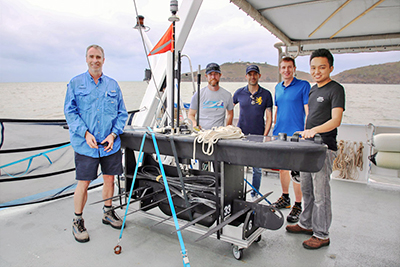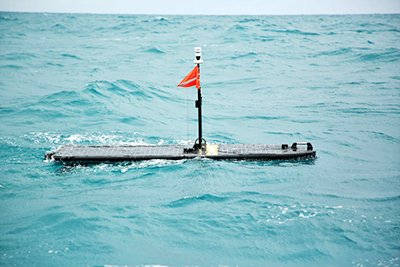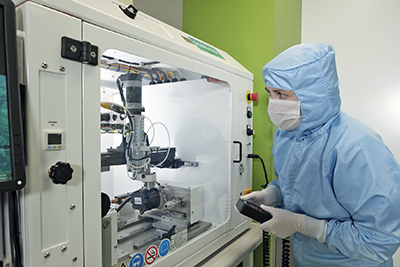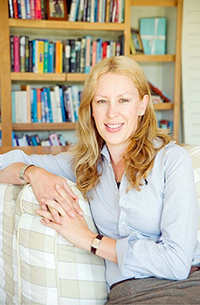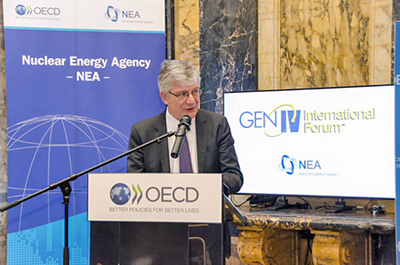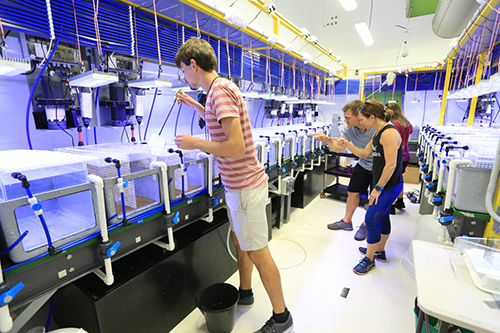UNSW's top 10 'accelerators' pitch to investors
TEN startup businesses will pitch their concepts and plans to potential investors at the Museum of Contemporary Art (MCA) Sydney on February 21.
The event is part of the University of New South Wales (UNSW) Sydney’s inaugural Founders 10x Accelerator program.
Pitches include a motorcycle helmet that improves a rider’s reaction time, an asteroid-prospecting company searching for viable mineral reserves in space, and a domestic nanny service to give busy parents back their ‘me-time’.
Teams from the Founders 10x Accelerator program’s first cohort of entrepreneurs will pitch their businesses to potential investors as part of the launch of the Founders Program, the flagship initiative of the UNSW Entrepreneurship team, at the MCA. 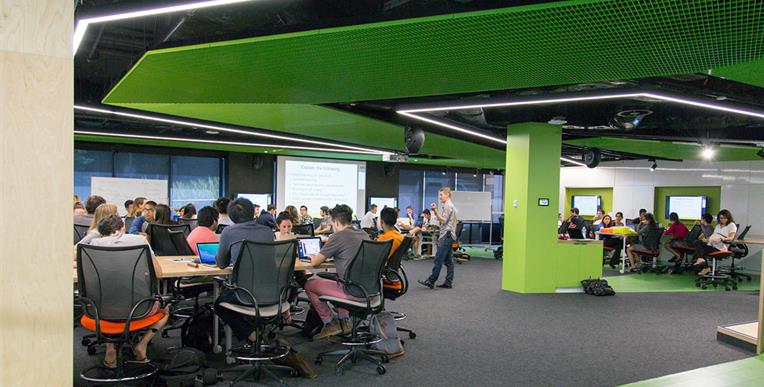
The Accelerator program identified 10 high-impact UNSW student or alumni startups to participate in an intensive 10-week program, offering world-class mentoring and networking opportunities, business development services and financial support.
The program includes masterclasses hosted by Silicon Valley-based startups, access to UNSW’s network of founders, alumni and mentors, and $20,000 in seed-funding.
The program is part of a suite of new initiatives launched through the Founders Program, which includes aspects such as Founders Global, helping student entrepreneurs understand and access the rapidly growing global innovation and venture capital ecosystems, and New Wave Founders, addressing the gender gap in entrepreneurship through support programs for women in the startup space.
UNSW’s director of entrepreneurship, Elizabeth Eastland, said its unique model for entrepreneurial confidence sets the Founders Program apart. Dr Eastland said through its ‘Founders First’ ethos, the program offered founders a different perspective on what success and excellence looks like; a mindset driven by a desire to succeed, a commitment to sustainability and a focus on giving back.
The startups pitching for investor funds at Wednesday’s launch offer innovative solutions to a diverse range of problems. Heba Shaheed, one half of the husband-and-wife team behind the Pelvic Expert, has made it her mission to give women’s health a voice through the e-learning site. 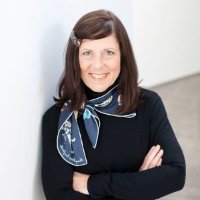
The Pelvic Expert combines holistic and research-based women’s health solutions to help with pregnancy, birth recovery, chronic pain and related issues.
“There is little accurate, reliable and accessible information on women’s health and pelvic issues,” Heba, the mother of a 10-month-old, said. “We offer e-health on a gamified platform that you can access anywhere in the world.”
Other startups pitching for investor funds include a digital credit card addressing online fraud, a portal to virtual internships to advance careers, and a cloud-based engineering software company allowing users to model, analyse and design structures through simulation.
Dr Eastland said, “The Founders Program amplifies UNSW Sydney’s outstanding reputation for fostering entrepreneurial talent. This ambitious initiative aims to make entrepreneurial confidence a part of every UNSW student’s experience, equipping them with the skills and resilience they need to thrive in the 21st century marketplace.”
BUILDING RESILIENCE
This emphasis on resilience has personal significance for Malaysian-Australian businessman, Maha Sinnathamby, who has donated $5 million to UNSW, half of which will be used to fund the Accelerator program.
Mr Sinnathamby is the entrepreneur behind the Greater Springfield city building project in Queensland – Australia’s largest master planned community and the 10th largest globally. He credits his success and sizeable personal fortune to simple hard work, and not ever giving up in the face of adversity – something he is no stranger to.
At five, he watched as his father, a British informant, was taken as a prisoner of war during the Japanese occupation of Malaysia (known as Malaya at the time). His father was one of only two survivors of 142 imprisoned. 
With persistence and a good education, Mr Sinnathamby believes it is possible to overcome any challenge. It was this mindset that helped him to overcome his impoverished childhood on a small farming village outside Kuala Lumpur with no electricity, little running water and a kerosene lamp to study under at night.
As a young man, Mr Sinnathamby moved to Australia to study civil engineering. Though he struggled to support himself, he succeeded against the odds. A variety of small business ventures and driving a cab at night kept him going and taught him that “anything is possible in Australia if you want it badly enough”.
According to Mr Sinnathamby, failures in life are as important as successes.
“You have to have a deaf ear to negativity and just keep going,” Mr Sinnathamby said, “and a strong sense of self-belief.”
The second cohort of the Founder10x Accelerator will begin in mid-2018. To date, 400 startups and 600 founders have been supported by UNSW’s existing entrepreneurship programs and more than 25,000 people have participated in events and workshops at the Michael Crouch Innovation Centre.
More than 100 startups per year graduate from UNSW’s coordinated programs.
ends

 How to resolve AdBlock issue?
How to resolve AdBlock issue? 